While Target Australia struggles, Target USA is hip, cheap and profiting handsomely
Australia isn’t the only country to have a Target. And while the Aussie Target struggles, some genius moves has enabled the other Target to show how it’s done.
It certainly looks like a Target.
The walls are daubed in splashes of red, there is a bullseye logo above the entrance, and you can pick up bargain men’s and women’s fashion, homewares and toys.
Heck, it’s even called Target. But it’s not Target. At least not Target as Australians know it.
This is Target American style. In the heart of New York City.
Target US – no relation despite the similarities – is a retail powerhouse with stores in all 50 states which last year had revenues of a touch over US$100 billion (A$145 billion) with profits of US$11.6 bn (A$16.6 billion). Some have put it down to the “go f**k yourself” attitude of senior manager towards penny pinching investors.
Down Under, Wesfarmers’ owned Target is in the doldrums, closing stores and trying to find its place in the struggling retail sector,
“It’s too late for Target Australia,” said one retail commentator, of the retailer as a direct competitor to Kmart and Woolworths-owned Big W.
Target Australia has insisted there is life in the old brand yet. It points to the chain’s downsizing and pivot to a “digitally led retailer” with a focus on “mum as the core customer” is setting itself up for a rosier future.
But there’s no doubt that Aussie Target has had a torrid time.

How Target Australia and Target US differ
So how can two stores that are seemingly so similar, albeit on different sides of the world, be faring so differently?
Firstly, they’re not identical. Target’s US stores sport large supermarkets, something you absolutely don’t see in Australian Targets. Indeed, it’s one of the biggest drawcards for customers who walk by the clothes and homewares to get to the fruit and veggies.
Stateside Target also has more brands – like Olay and Levi’s – that Aussie stores lack.
One of the most noticeable changes is that Target stores in America feel less like Target Australia and more like, well, Kmart Australia.
While Kmart stores in the US – which is now on its last legs – feels like some of the sorrier Australian Targets.
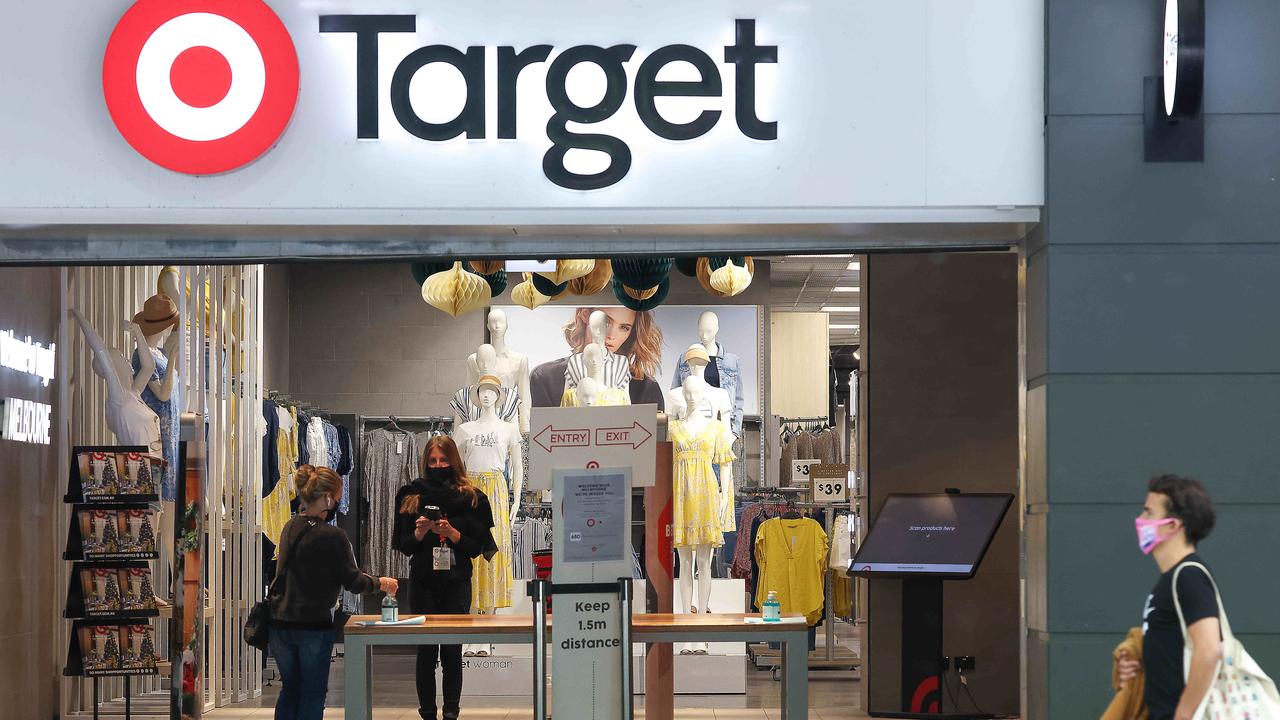
Target US’s success is down to pricing of course, and range. But also staying relevant and inviting.
It has spent billions gussying up its store network. The firm has said it wants to give customers a bit of its “signature ‘Tarzhay’ magic” (it was Target US, not Target Australia that came up with that genius play on its name).
It added it wanted its “guests” to feel “welcomed and inspired” in stores but yet familiar.
An example of this is one of its newest stores, just off Times Square in Manhattan. Befitting its brightly lit surroundings, the store signage is neon.
Whereas some Target stores in Australia can feel poorly lit, clinical – almost dark in some corners – this store is warm and bright, but not overpowering.
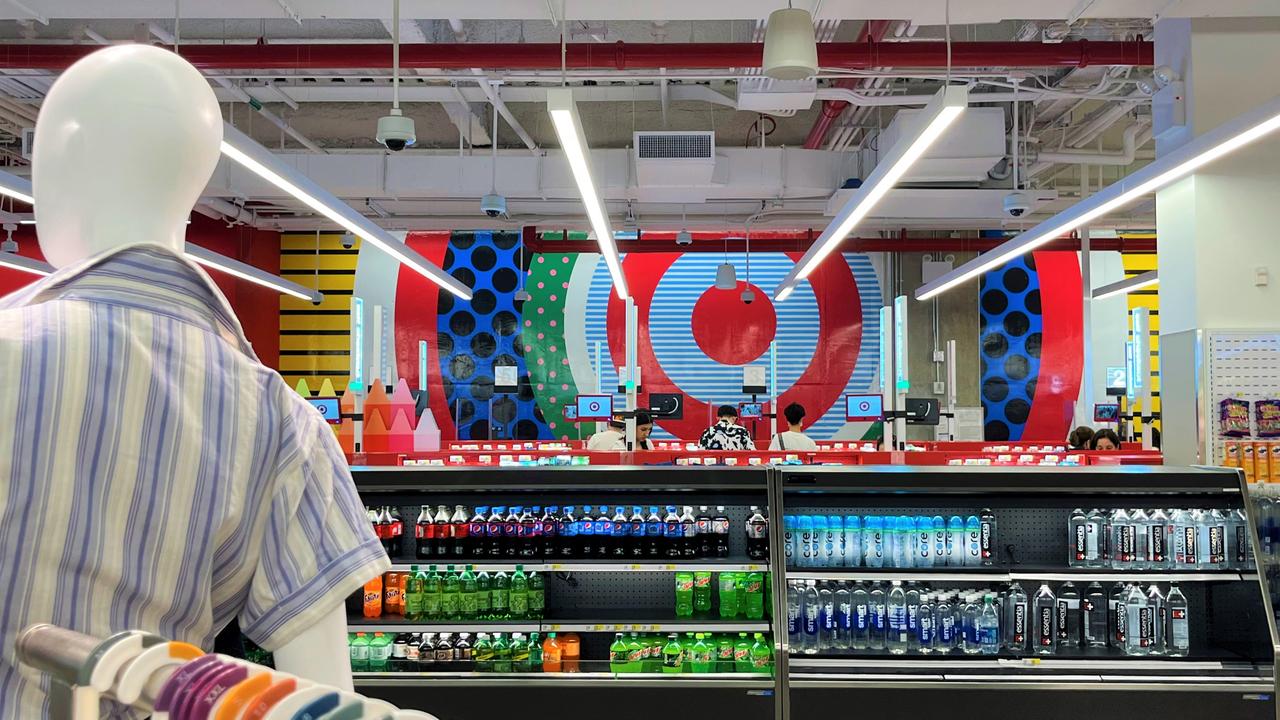
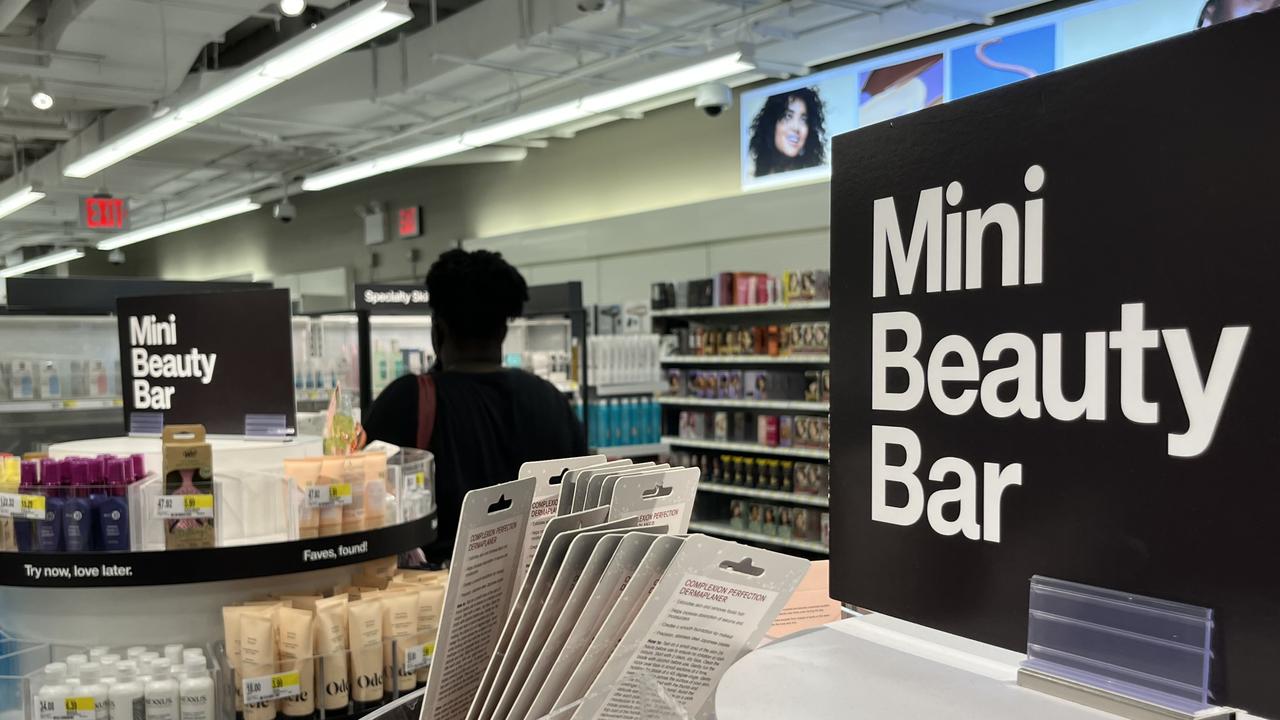
In places – like the beauty aisles – the shelving is lower and more widely spaced out so can you linger.
Splashes of colour pull the eye here and there. The fashions are cheap as chips but don’t feel drab and dull.
In one trip you can buy bread and milk, T-shirts, a yoga mat, cushions, eyeliner – you can even pick up your prescription medicine.
Of course there's click and collect; in bigger stores there are “drive up” areas similar in look to petrol stations where you can get your goods that were ordered online
The Times Square store is also an example of how Target US is experimenting with different formats. This shop is small – 25 per cent the size of a regular Target – and aimed squarely at city dwellers who need to carry their wares home on the Subway not piled in an SUV.

Target US’ $9.3 billion gamble
Mark Cohen, the director of retail studies at New York’s Columbia University Business School and a former CEO of the Sears Canada chain, said Target US’ achievements was down to some brave decisions by its current CEO Brian Cornell.
“When he joined in 2014, he said ‘the stores are worn out and outmoded and I’m going to spend US$6.5 billion (A$9.33 billion) in capital expenditure’.
“Well, Wall Street went crazy and (Mr Cornell) basically said, politely, ‘go f**k yourself,’ my board is behind me and we have to do this,” he told news.com.au.
“And it positioned them beautifully for what turned out to be a windfall.”
Although even Target US has faced crosswinds with profits in the first quarter of 2022 dropping due to what the company said were “unexpectedly high” business running costs. And a move into Canada, where the band was unfamiliar, was a disaster.
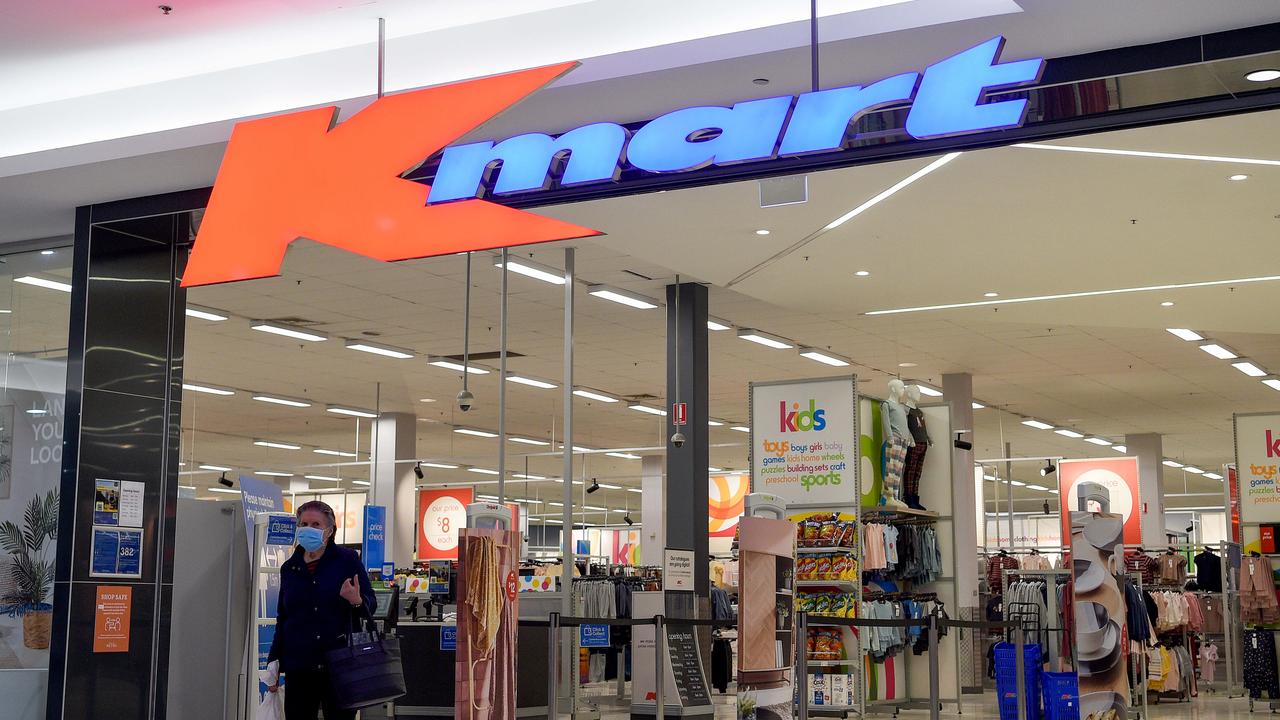
‘Too late for Target Australia’
University of Queensland Professor of Marketing Gary Mortimer said Target US appealed to a budget conscious consumer that didn’t want to feel budget conscious.
“US Target is similar to Walmart in their low-price image, but Target satisfies the needs of a younger, image-conscious consumer by stocking more on-trend furniture, clothing and ‘exclusive’ designer ranges than Walmart,” he said.
“They leverage ‘masstige’ – ‘prestige for the masses’. It’s a strategy which aims to be influential, on-trend, stylish, while retaining a level of affordability.”
The retailer doing this most successfully in Australia, said Prof Mortimer, was, yep, Kmart.
“It’s too late for Target Australia. Wesfarmers made the correct decision to reduce the fleet of stores, remove duplication and push their remaining Target stores into the middle market,” said Prof Mortimer.
“The Australian market is too small to support three discount department stores.”
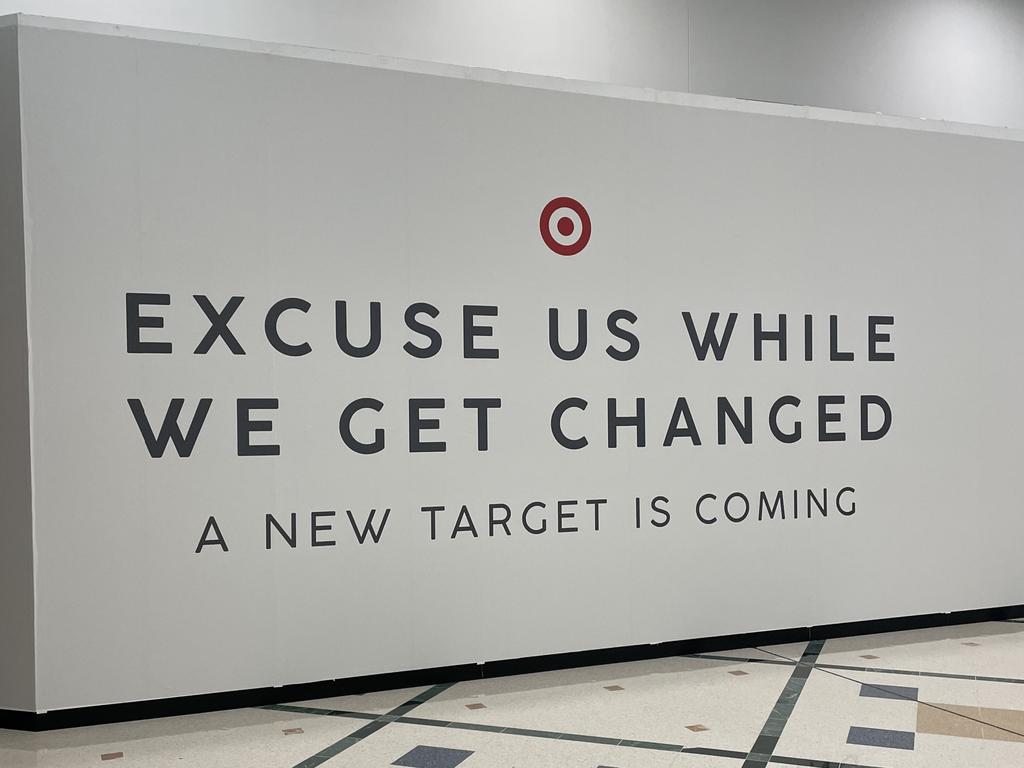
Target Australia’s new plan
Wesfarmers owns both Target and Kmart and has merged them into one Kmart Group which doesn’t fully separate its accounts. As such its tricky to work out how well – or bad – Target Australia is doing.
In the full year to June 2021, Kmart and Target combined made a profit of $739 million, but that excluded restructuring and impairment costs related to Target.
And there’s a lot of them with half Target’s fleet of 300 stores in 2020 now either closed or converted to Kmart or the smaller “KHub” format.
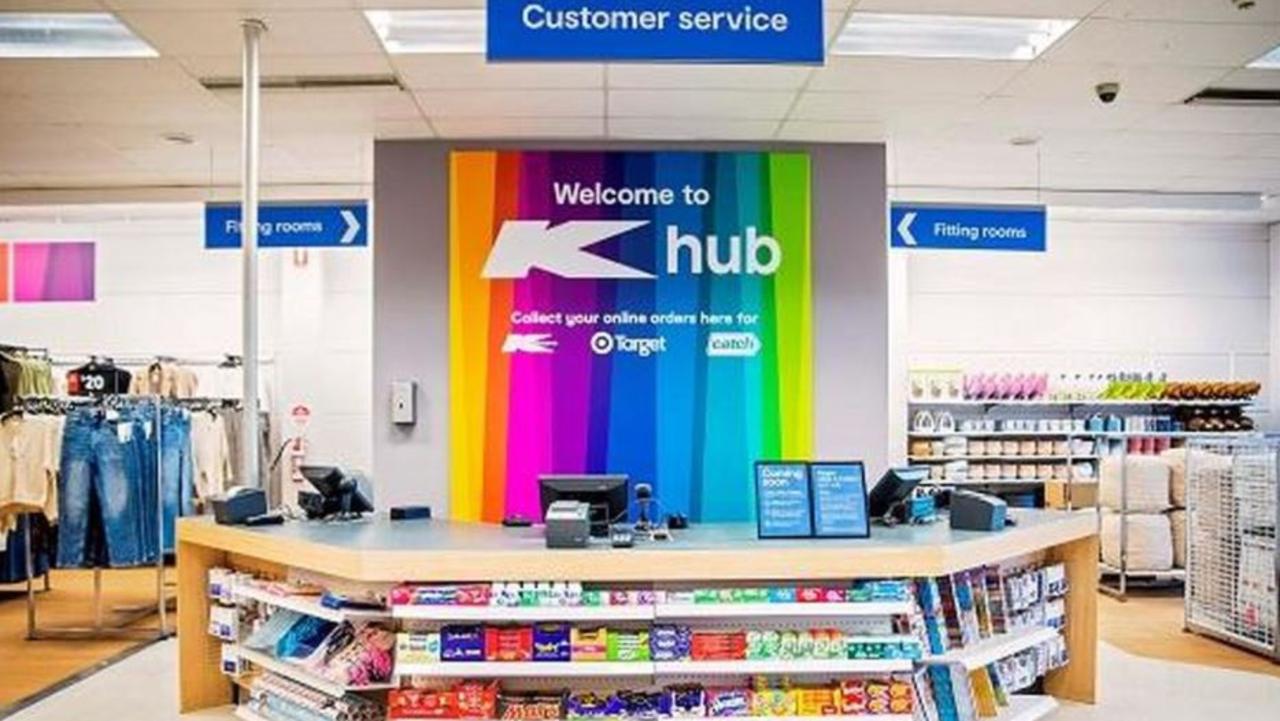
Target sales were down 3.7 per cent compared to 2020 but comparable sales growth – which excludes stores that were closed during lockdowns – was up 13.3 per cent.
Wesfarmers has said sales had been “significantly impacted” by store closures but also Covid-19 restrictions which have hit the entire retail sector.
In a few weeks, Wesfarmers will detail Target’s performance for the last financial year. That will reveal if the brand is turning a corner, or stuck in neutral.
The firm was reluctant to talk ahead of these results.
But one figure on its 2021 balance sheet is key. Last year, 26.9 per cent of Target’s sales were online. And that points to where the future of Target likely lies.
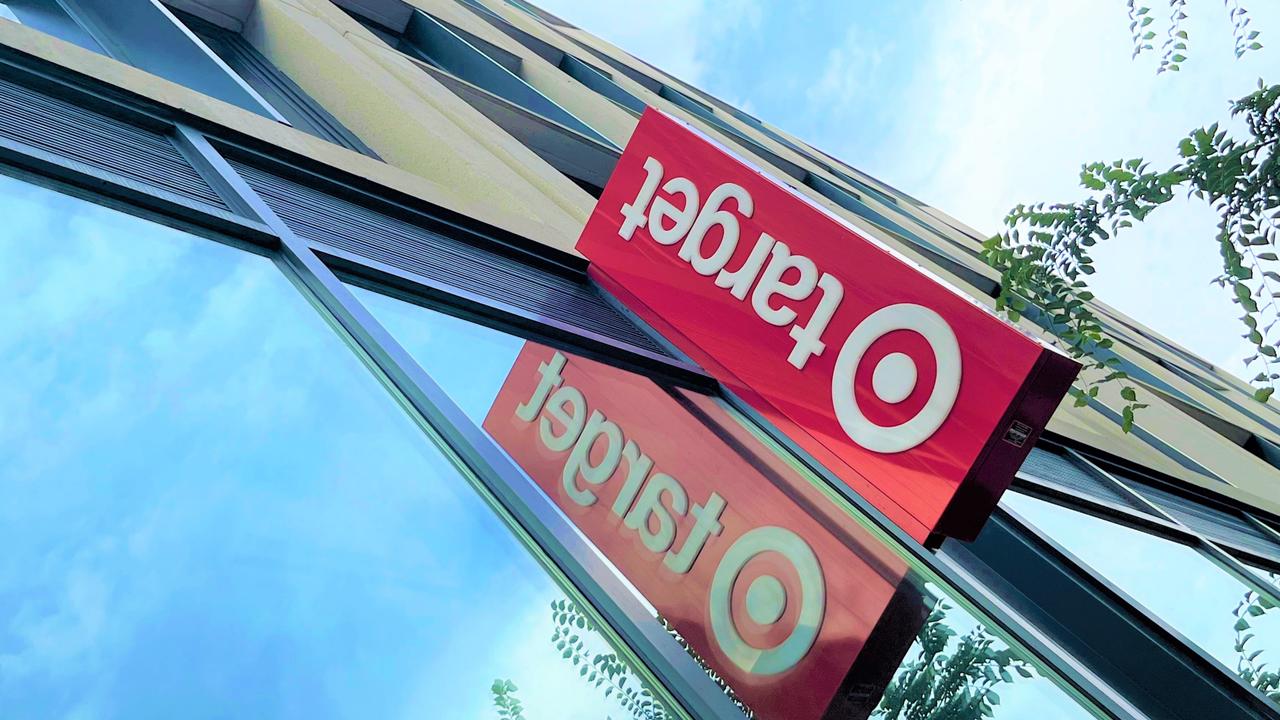
At a strategy day presentation in June, Target Australia managing director Richard Pearson laid out the vision for the venerable brand.
Key is it to be a “smaller simpler business” with “future growth …. digitally led,” he said.
Target was an “iconic brand with strong awareness,” the document stated. The focus was now on clothing and home decor with “mum as the core customer”.
In February, Target launched its first advertising campaign in an astonishing seven years. Based around the slogan of “That’s Target” the aim is to instil in the Aussie shopper that the brand is the home of “affordable quality”.
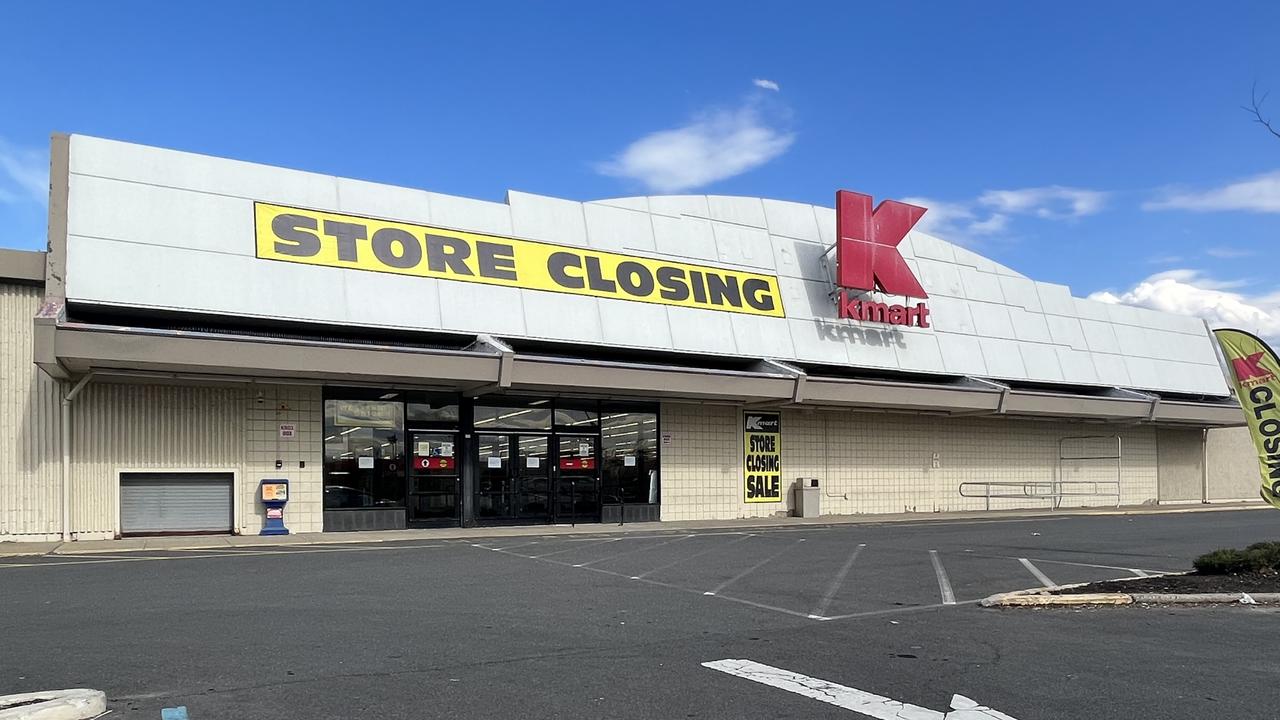
Target Australia will be hoping it can recapture some of that Tarzhay buzz from the brand’s halcyon days.
It won’t want to end up like Kmart USA. It failed to move with the times; its stores became outdated; it’s pricing less keen and its point of difference less clear.
Now just three stores remain and they will probably be gone by Christmas.
It’s a nightmare vision of the future Target Australia will want to avoid.





